Disclosure: This article contains affiliate links. We may earn a commission from purchases at no extra cost to you, which helps our travel content.
Standing atop an abandoned radar station in Neukölln, watching the sunset paint Berlin's skyline in hues of amber and rose, I realized why this city had captured my heart so completely. It wasn't the Brandenburg Gate or Museum Island that stirred my soul—it was these forgotten corners, these neighborhoods where history and counterculture collide in beautiful chaos. After five visits to Berlin, I've abandoned the well-trodden tourist paths to seek out the city's true beating heart in its diverse neighborhoods, each with its own distinct rhythm and story.
Neukölln: From Working-Class to Creative Melting Pot
My love affair with Neukölln began three years ago when a local forest guide I'd befriended insisted I experience 'the real Berlin.' What was once a working-class immigrant neighborhood has transformed into Berlin's most dynamic cultural laboratory without losing its authentic soul.
Weaving through the streets around Weserstraße, I discovered third-wave coffee shops nestled between traditional Turkish bakeries, where the scent of freshly baked simit mingles with artisanal espresso. The neighborhood's crown jewel is Tempelhofer Feld—a former airport transformed into one of Europe's largest urban parks. I spent an entire afternoon cycling its massive runways on a vintage bicycle I'd rented from a quirky shop run by a former pilot.
As evening descended, I found myself at Klunkerkranich, a rooftop garden bar atop a shopping center parking garage. Watching the sunset with my travel journal in hand, I sketched the panoramic views while chatting with locals about the neighborhood's rapid evolution.

💡 Pro Tips
- Visit Körnerpark for a slice of unexpected baroque beauty amidst the urban landscape
- Sunday afternoons at Maybachufer's Turkish Market offer the neighborhood's best cultural immersion
- Explore the 48 Stunden Neukölln art festival if visiting in summer for access to normally closed artist spaces
Wedding: Berlin's Authentic Multicultural Frontier
Named not for matrimony but pronounced 'VED-ding,' this neighborhood north of the city center reminds me of Darwin's cultural tapestry—authentic, unpretentious, and gloriously diverse. Wedding offers what increasingly rare in European capitals: a genuinely affordable area that hasn't been polished for tourism.
My exploration began at Leopoldplatz, where elderly Turkish men play backgammon alongside young families and art students. The industrial heritage is everywhere—I spent hours photographing the repurposed factories along the Panke River with my mirrorless camera, which handled the challenging light between buildings beautifully.
The neighborhood's standout feature is Volkspark Rehberge, a sprawling park where I joined locals grilling on Sunday afternoon—an essential Berlin cultural experience. A forest ranger colleague who'd relocated to Berlin showed me hidden bunkers from WWII now overtaken by vegetation, a powerful reminder of how nature reclaims spaces of human conflict.
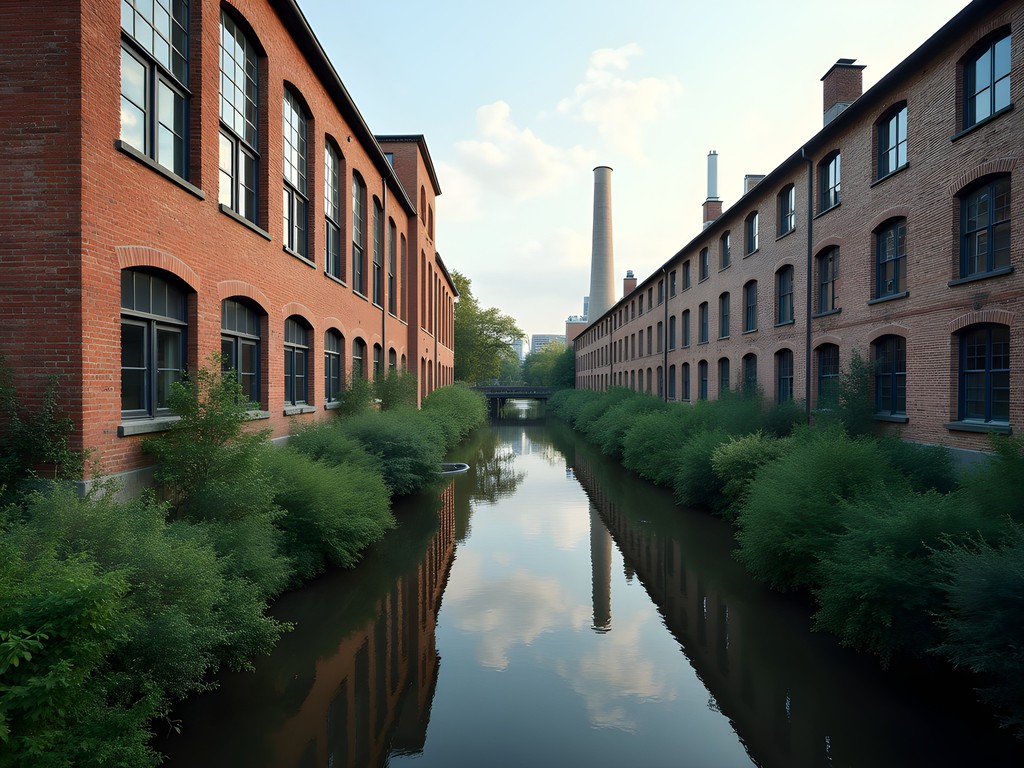
💡 Pro Tips
- Visit Uferstudios—former bus depots transformed into dance and performance spaces—for cutting-edge performances
- Explore Silent Green, a former crematorium converted to cultural center with an excellent café
- Shop at Markthalle Wedding for local produce and authentic street food without tourist prices
Lichtenberg: Soviet History Meets Urban Regeneration
If you'd told me five years ago that Lichtenberg would become one of my favorite Berlin neighborhoods, I might have raised an eyebrow. This former East German district, dominated by Soviet-era Plattenbauten (prefabricated apartment blocks), was long overlooked by travelers and even Berliners themselves.
Yet beneath the concrete facade lies a fascinating story of transformation. The massive former Stasi headquarters now houses the sobering Stasi Museum, where I spent hours tracing the surveillance state's inner workings. The experience left me reaching for my pocket notebook repeatedly to capture quotes and observations—something about this place demanded documentation.
What truly captivated me was Dong Xuan Center, Berlin's largest Vietnamese market complex housed in former industrial halls. Walking through its corridors transported me straight back to Hanoi's sensory overload—the fragrance of phở and the colorful fabric stalls reminded me of my conservation work visits to Southeast Asia. Here, Berlin's Vietnamese community (a legacy of GDR-Vietnam relations) has created an authentic cultural space far from tourist itineraries.
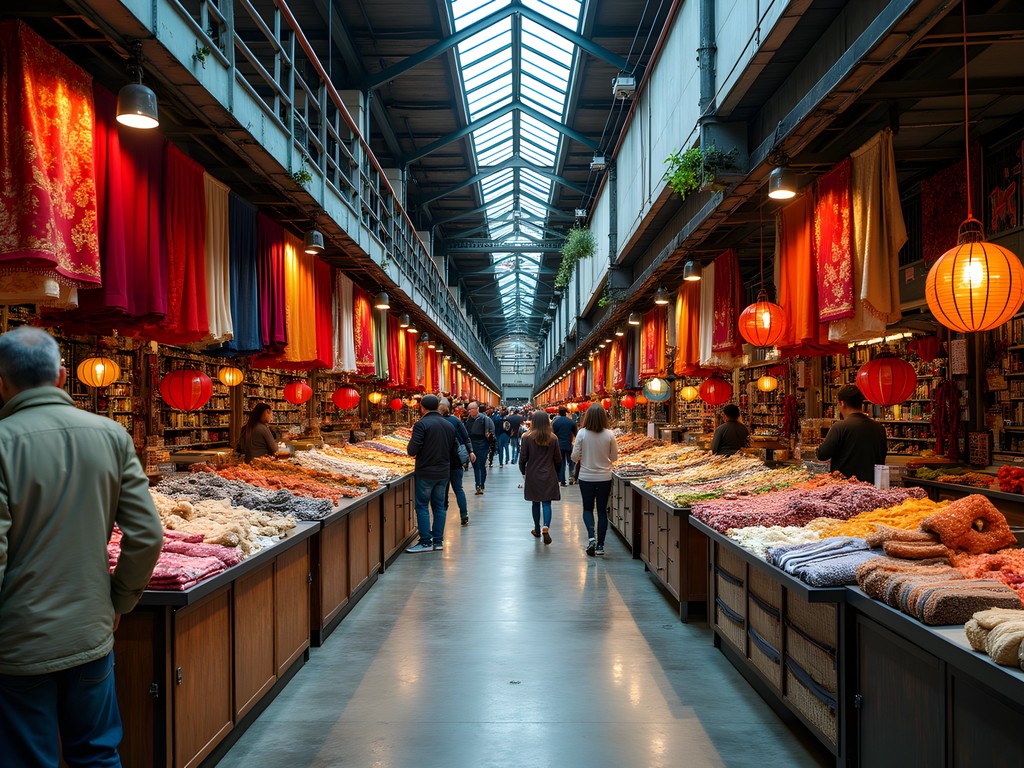
💡 Pro Tips
- Visit the Stasi Museum on a weekday morning to have the haunting exhibits nearly to yourself
- Come hungry to Dong Xuan Center and follow locals to the best food stalls in the back corners
- Explore Herzberge Landscape Park to see how former sewage fields have been transformed into thriving ecosystems
Moabit: The Island Neighborhood Finding Its Voice
Technically an island encircled by waterways, Moabit carries a fascinating geographic isolation that has preserved its character despite being minutes from Berlin's central station. As someone who studies how landscapes shape cultural development, I found Moabit's island psychology fascinating—residents often say 'we're going to Berlin' when leaving their neighborhood.
My exploration centered around the beautiful Arminius Markthalle, a 19th-century market hall where I discovered small-batch Berlin gin distillers and artisanal food producers. The vendor who sold me a bottle explained how the neighborhood's isolation helped preserve family businesses that disappeared elsewhere.
For history buffs, Moabit contains Geschichtspark Ehemaliges Zellengefängnis—a former prison transformed into a memorial park where many resistance fighters were held during Nazi times. I spent a rainy afternoon there with my waterproof jacket, which kept me comfortable while exploring the haunting grounds and reading the stories of those imprisoned.
The neighborhood's unexpected delight was finding Fritz-Schloß-Park at sunset, where I joined an impromptu community picnic with my hostel roommates. A local urban gardener shared cuttings from her balcony herbs, which now grow in my Darwin apartment—a living souvenir of Moabit's community spirit.

💡 Pro Tips
- Have breakfast at Arminius Markthalle on Saturday mornings when locals gather and food stalls offer samples
- Look for the small yellow plaques (Stolpersteine) embedded in sidewalks commemorating Holocaust victims who once lived there
- Visit the Kulturfabrik's hidden courtyard for community events and outdoor cinema in summer
Schöneweide: Industrial Heritage Reborn
My conservation background draws me to places where nature and industrial history create unique ecosystems, which is precisely what led me to Schöneweide in Berlin's southeast. Once the 'Elektropolis' of Germany, this riverside district housed massive industrial complexes that powered Berlin's growth.
The heart of my exploration was Industriesalon Schöneweide, where a passionate volunteer guide (a former electrical engineer) showed me through the history of German industrialization. What struck me was how similar the adaptive reuse here was to projects I'd documented in Australia—the universal language of industrial conservation transcends continents.
The crown jewel is the massive former power station complex Kraftwerk Rummelsburg, where I spent hours photographing the interplay of rusting machinery and pioneering vegetation. My hiking boots proved essential for navigating the sometimes rough terrain around these industrial sites safely.
As evening approached, I discovered Funkhaus Berlin—a massive former GDR broadcasting center now hosting recording studios and performance spaces. Sitting by the Spree River afterward, watching the sunset reflect off industrial facades while musicians practiced in open windows above, I experienced the perfect harmony of decay and renewal that makes Berlin so magnetic.

💡 Pro Tips
- Join the Sunday tours at Industriesalon Schöneweide led by former workers for insider stories
- Check Funkhaus Berlin's schedule for concerts in the former broadcasting hall with world-class acoustics
- Walk the riverside path at sunset for spectacular photos of industrial silhouettes
Five More Neighborhoods Worth Exploring
While the above neighborhoods deserve deep exploration, these five additional areas offer equally rewarding experiences for the curious traveler:
Gesundbrunnen: Beyond its famous underground bunker tours, explore Humboldthain Park's flak tower ruins where nature has created a unique ecosystem atop WWII defensive structures.
Oberschöneweide: Sister to Schöneweide across the river, this area hosts the spectacular Reinbeckhallen foundation in former industrial halls and HTW Berlin's campus in AEG factory buildings.
Marienfelde: Visit the often-overlooked Refugee Center Museum documenting East Germans' escape stories, then explore the contrast of rural village structures against massive post-war housing developments.
Siemensstadt: A UNESCO World Heritage modernist housing estate built for Siemens workers in the 1920s, offering architectural tours that explain how design was used to improve worker welfare.
Rummelsburg Bay: This lakeside microneighborhood features repurposed industrial buildings, floating homes, and a beach bar scene that locals prefer to the more famous club beaches. I spent my last Berlin evening here, using my travel binoculars to watch birds return to the former industrial waterway—a powerful symbol of Berlin's regeneration.

💡 Pro Tips
- Purchase a weekly transport pass to explore these far-flung neighborhoods economically
- Join free walking tours offered by architecture students in Siemensstadt and Hufeisensiedlung
- Visit neighborhood festivals (Kiezfeste) in summer to experience local culture at its most authentic
Final Thoughts
As I packed my travel backpack on my final morning in Berlin, I realized that these neighborhoods had given me something the tourist centers never could—a genuine connection to the city's soul. Berlin doesn't reveal itself easily; it demands curiosity and rewards those willing to venture beyond the obvious. Each neighborhood tells a different story of resilience, reinvention, and community—themes that resonate deeply with my work in environmental and cultural conservation.
The beauty of Berlin lies not in perfection but in its contradictions: the Soviet housing blocks now covered in expressive murals, the power stations transformed into art galleries, the Turkish markets nestled against hipster coffee roasters. It's a city that teaches us that adaptation isn't just survival—it's transformation.
So next time you consider Berlin, I challenge you to set aside the Brandenburg Gate and Holocaust Memorial for at least half your visit. Instead, choose two or three of these neighborhoods and explore them deeply. Shop where locals shop, eat where they eat, and don't be afraid to start conversations—Berliners are far friendlier than stereotypes suggest, especially when you show genuine interest in their kiez (neighborhood). The real Berlin awaits beyond the tourist trail, in all its imperfect, evolving glory.
✨ Key Takeaways
- Berlin's most authentic experiences lie in neighborhoods rarely featured in guidebooks
- Each area represents a different layer of Berlin's complex history and ongoing transformation
- Connections with locals provide the richest understanding of Berlin's neighborhood cultures
📋 Practical Information
Best Time to Visit
Late April through June for ideal weather and neighborhood festivals
Budget Estimate
€70-120 per day including mid-range accommodation, public transport, and meals
Recommended Duration
7-10 days to properly explore multiple neighborhoods
Difficulty Level
Intermediate - Requires Comfort With Public Transportation And Basic Navigation Skills

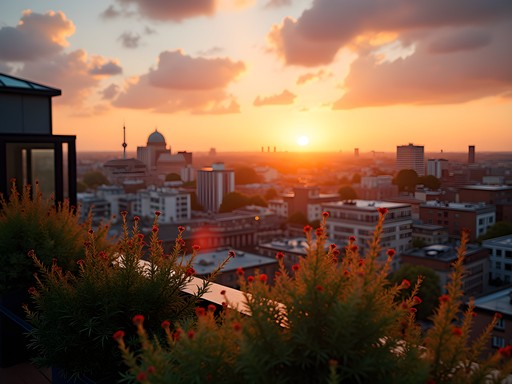
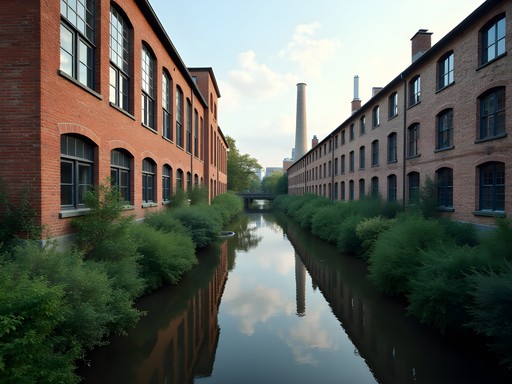
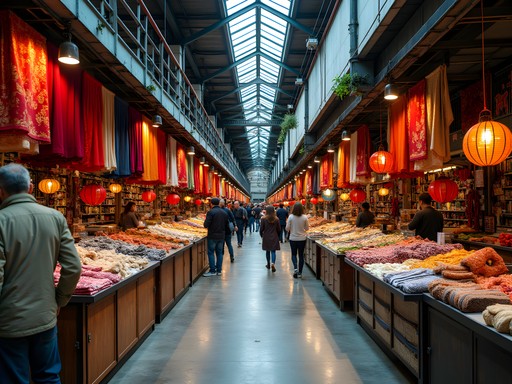
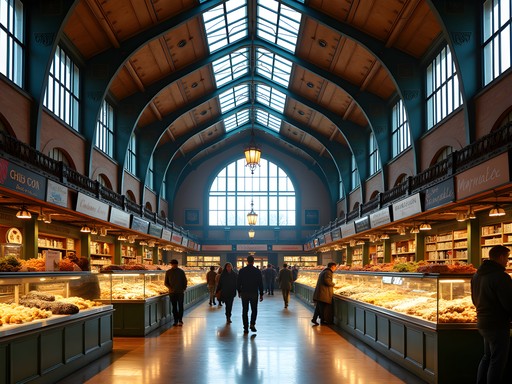
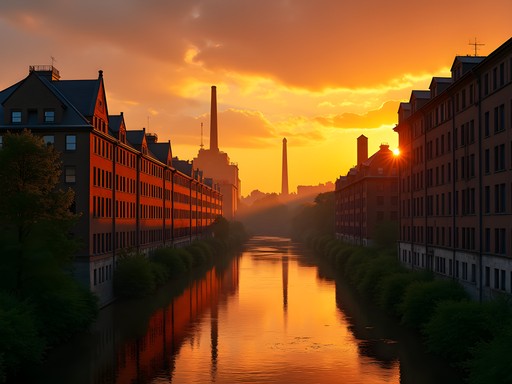



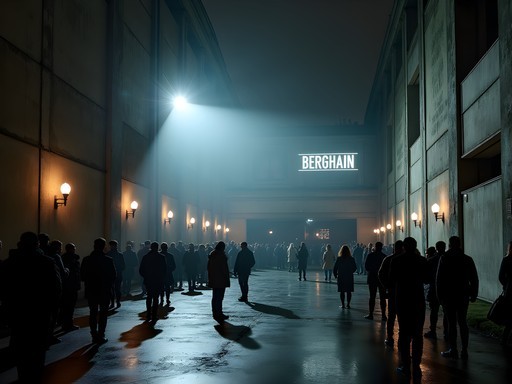
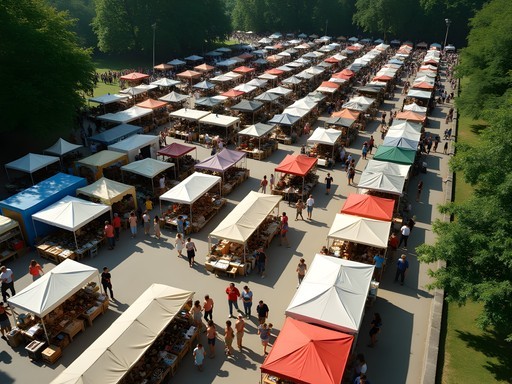


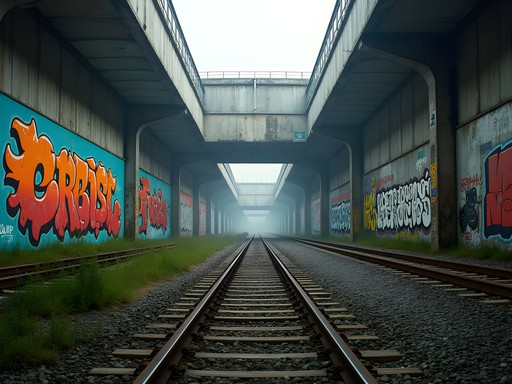



Comments
Jean Wells
Maya, this is precisely the kind of neighborhood analysis that's missing from most Berlin coverage. I'd add that Lichtenberg deserves more attention - the juxtaposition of Soviet-era architecture with contemporary art initiatives creates a fascinating urban narrative. The Dong Xuan Center is particularly noteworthy as a microcosm of Berlin's Vietnamese community that few tourists encounter. My research on post-unification urban development patterns suggests these peripheral neighborhoods actually provide more authentic insight into Berlin's evolution than the heavily curated central districts. Excellent documentation of Berlin's ongoing transformation.
bluebackpacker
I missed Dong Xuan Center! Adding it to my list for next time. The Vietnamese food there must be amazing!
Jean Wells
It truly is. Try the Phở at Duc Anh if you go - as authentic as what I've had in Hanoi.
bluebackpacker
Just got back from Berlin and spent 3 days exploring Neukölln based on this post! SO WORTH IT! The Sunday flea market at Maybachufer was incredible - picked up vintage cameras and met local artists. That abandoned radar station view is even better in person! We stayed at an Airbnb near Schillerkiez and loved the coffee shops. My pocket translator came in handy at some of the smaller places where English wasn't common. Thanks Maya for steering us away from just checkpoint charlie and tourist Berlin!
adventureninja
I'm taking notes! Did you feel like you missed anything by skipping the main tourist sites?
bluebackpacker
Not at all! We did one day of 'classic Berlin' stuff and honestly the neighborhood explorations were way more memorable. The public transportation makes it easy to get around anyway!
adventureninja
This is exactly what I needed! Heading to Berlin next month and want to avoid the tourist traps. How safe is Wedding for solo travelers? I keep hearing mixed things.
Jean Wells
I spent three weeks in Wedding last year. It's perfectly safe during the day and early evening, just use normal city precautions after dark. The multicultural atmosphere is actually what makes it special - amazing Turkish and Lebanese food!
adventureninja
Thanks Jean! That's reassuring. Any specific food spots you'd recommend?
Jean Wells
Try Café Pförtner - it's in an old bus station and serves amazing seasonal food. For Turkish, Imren Grill has the best döner in Berlin, in my opinion!
globetrotter456
Love this! Bookmarking for my trip in November.
nomadwanderer
Just got back from Berlin and used this guide to explore Moabit and Wedding - such a different experience from my first trip where I only saw the main tourist areas! The flea markets in Wedding are incredible for vintage finds. We also stumbled upon this amazing community garden in Moabit called Stadtgarten Moabit where locals were having a small concert. Berlin's public transportation makes it so easy to explore these neighborhoods too - we got a weekly pass and it was perfect. Maya, your description of watching the sunset from that radar station in Neukölln inspired us to find it - what an incredible view! Thanks for helping us discover the real Berlin!
Hunter Thompson
Just got back from Berlin and used this guide to explore Wedding and Moabit - absolute gold! Wedding feels like what Kreuzberg was 15 years ago before tourism took over. Found this amazing Vietnamese-German fusion place called Madame Ngo that blew my mind. One tip for anyone heading to these neighborhoods - get the weekly transport pass and download the BVG app. The public transport connects all these areas brilliantly and with my day pack I could easily carry everything I needed for full days of exploration. Maya's radar station sunset spot in Neukölln was magical - though finding the entrance took some wandering!
maya_travels
So glad you found the radar station! Did you try the little kiosk selling beer at the bottom of the hill? Best sunset spot in Berlin!
Hunter Thompson
Yes! Grabbed a Berliner Pilsner there. Perfect end to the day watching the sun go down over the city.
redguide
How safe is Lichtenberg at night? Planning to stay there because accommodations are cheaper but I'll be traveling solo.
nomadwanderer
I stayed in Lichtenberg last year and felt totally fine walking around at night. It's not as lively as Kreuzberg or Mitte, but I never felt unsafe. Just use normal city precautions!
redguide
Thanks! That's really helpful to know.
berlinbound2026
Is Lichtenberg safe at night? Planning to stay there to save money on accommodation.
winterdiver
Stayed there last year - it's fine! Just use normal city common sense. The Soviet architecture is actually pretty fascinating during the day.
winterdiver
Spent a month in Neukölln last summer and this post is spot on! The blend of Turkish cafes, hipster bars, and local markets makes it feel like several neighborhoods in one. The Sunday flea market at Maybachufer was my weekend ritual - best vintage finds and street food. Wedding was a pleasant surprise too - way more authentic than the central areas. Would add that the craft beer scene in Wedding is exploding right now!
Hunter Thompson
Any specific craft beer spots in Wedding you'd recommend? Heading there next month!
winterdiver
Definitely check out Vagabund Brauerei - started by American expats but totally embraced by locals. And there's this tiny place called Brewdog Bar that's hidden away but worth finding!
Hunter Thompson
Legend! Adding those to my list. Cheers mate!
Frank Garcia
Great write-up on Berlin's hidden gems, Maya! I spent three months living in Wedding last year and it's definitely the real Berlin experience. The Turkish market on Turiner Straße is incredible for cheap eats and people-watching. I'd add Schillerkiez in Neukölln to your list - it's this perfect little microcosm with amazing cafés and Tempelhofer Feld right next door. The contrast between Soviet-era architecture and new creative spaces in Lichtenberg is fascinating too. I documented my whole experience with my mirrorless camera and the photos came out amazing with all the street art as backdrops.
nomadwanderer
Wedding sounds cool! Any specific food spots you'd recommend there? Planning a week in Berlin this November.
Frank Garcia
Definitely try Café Pförtner - they serve food in an old bus! And Barkett for amazing Middle Eastern food. Super affordable too!
Venture X
Premium card with 2X miles, $300 travel credit, Priority Pass